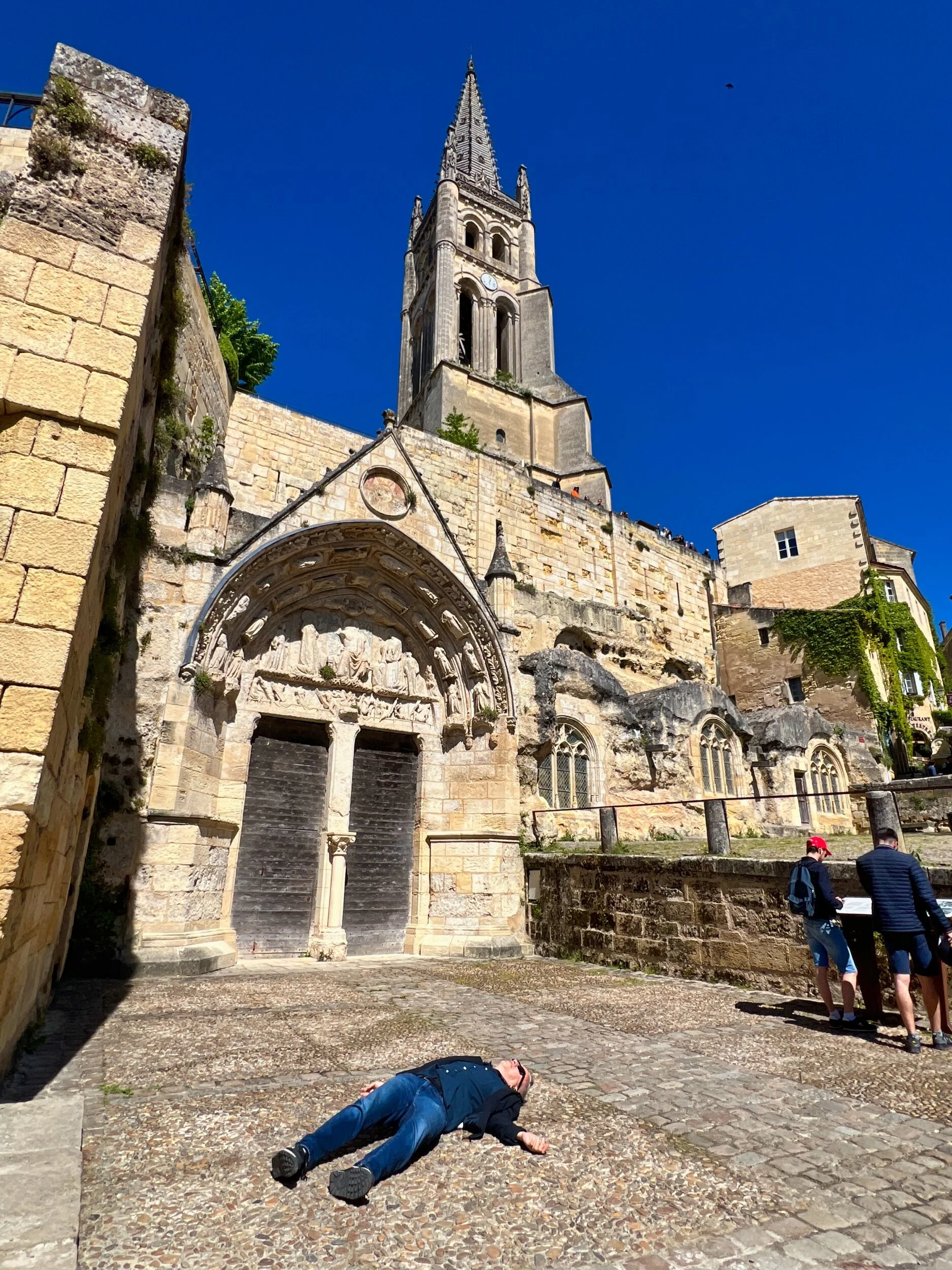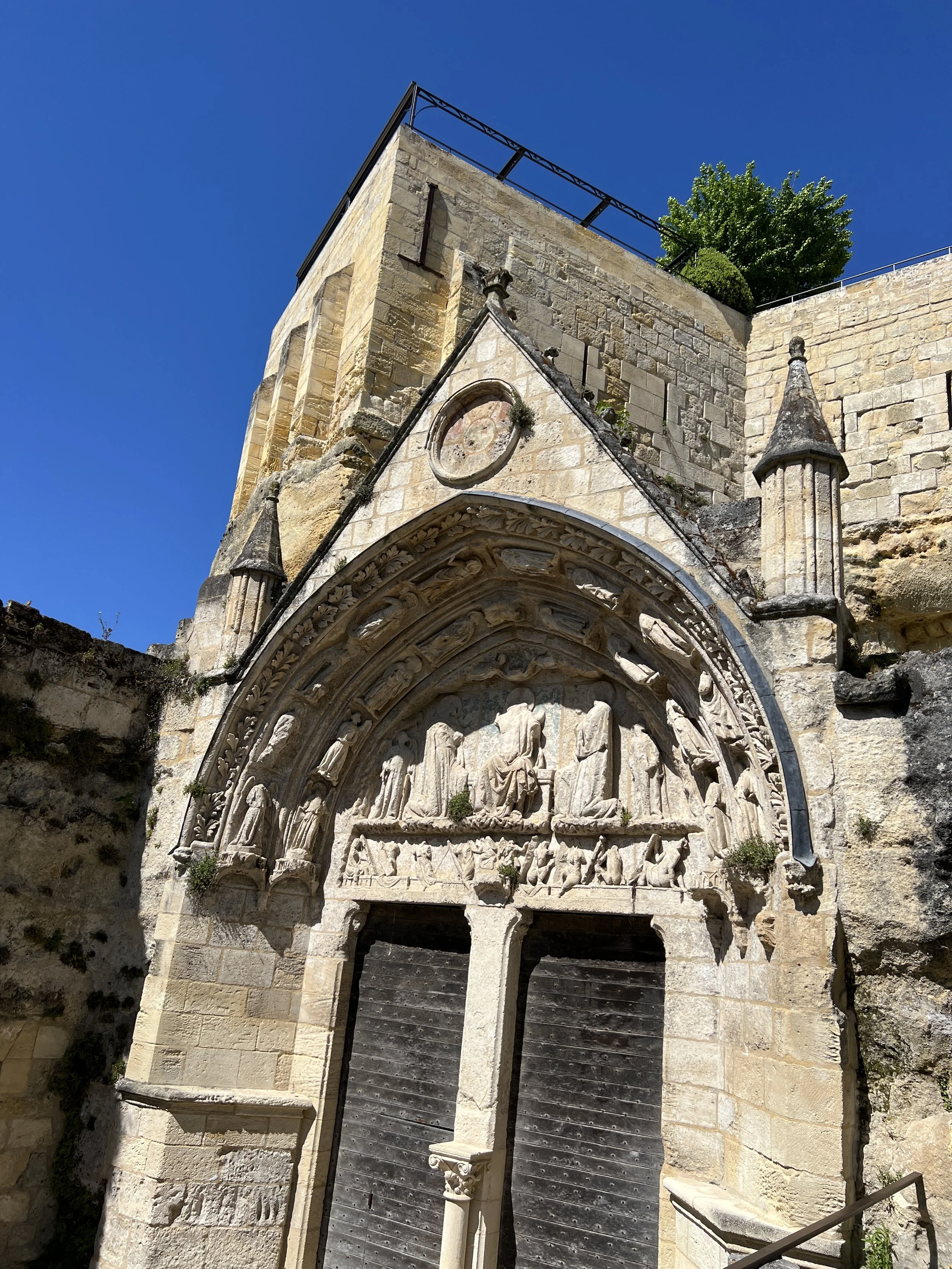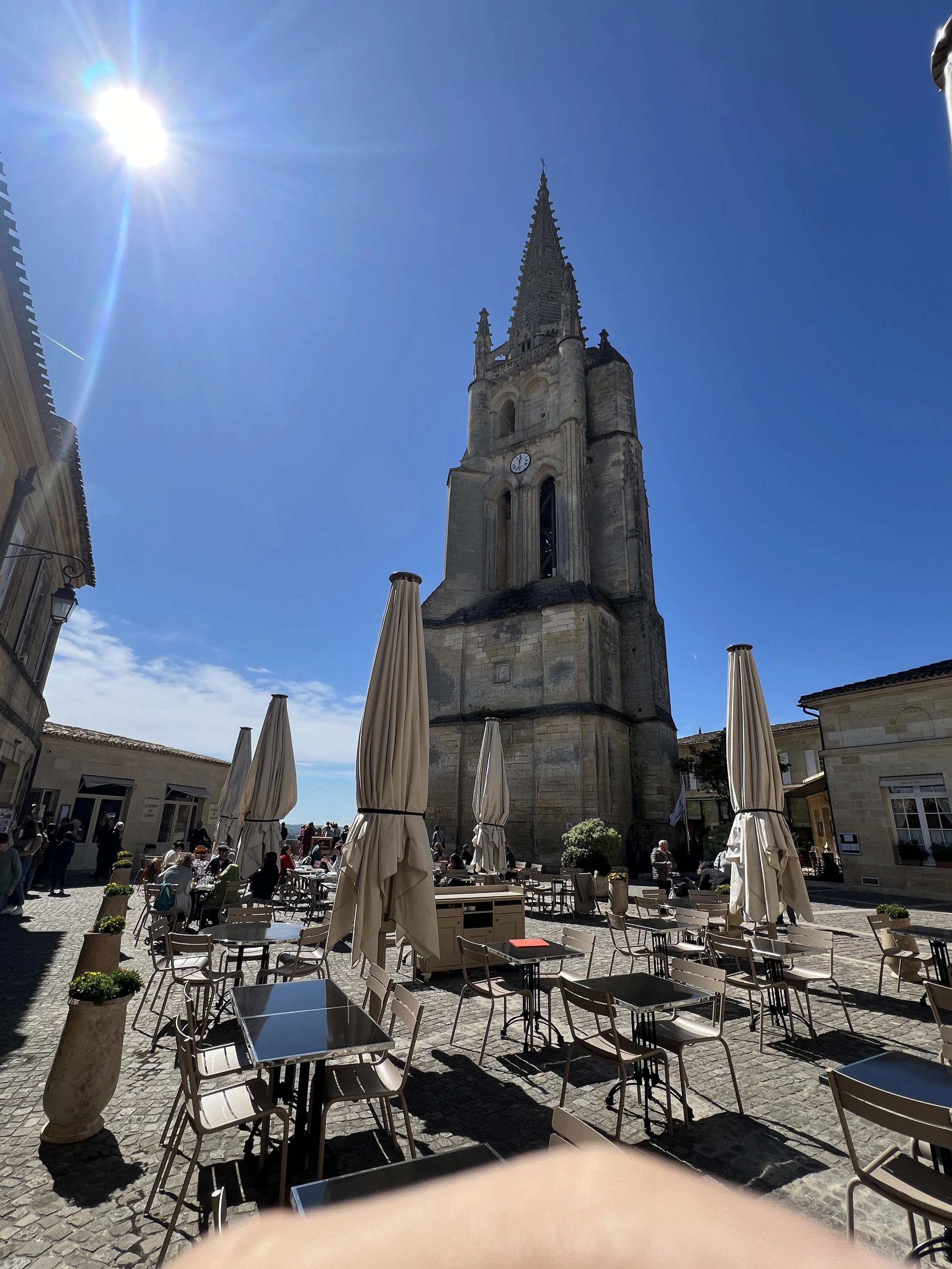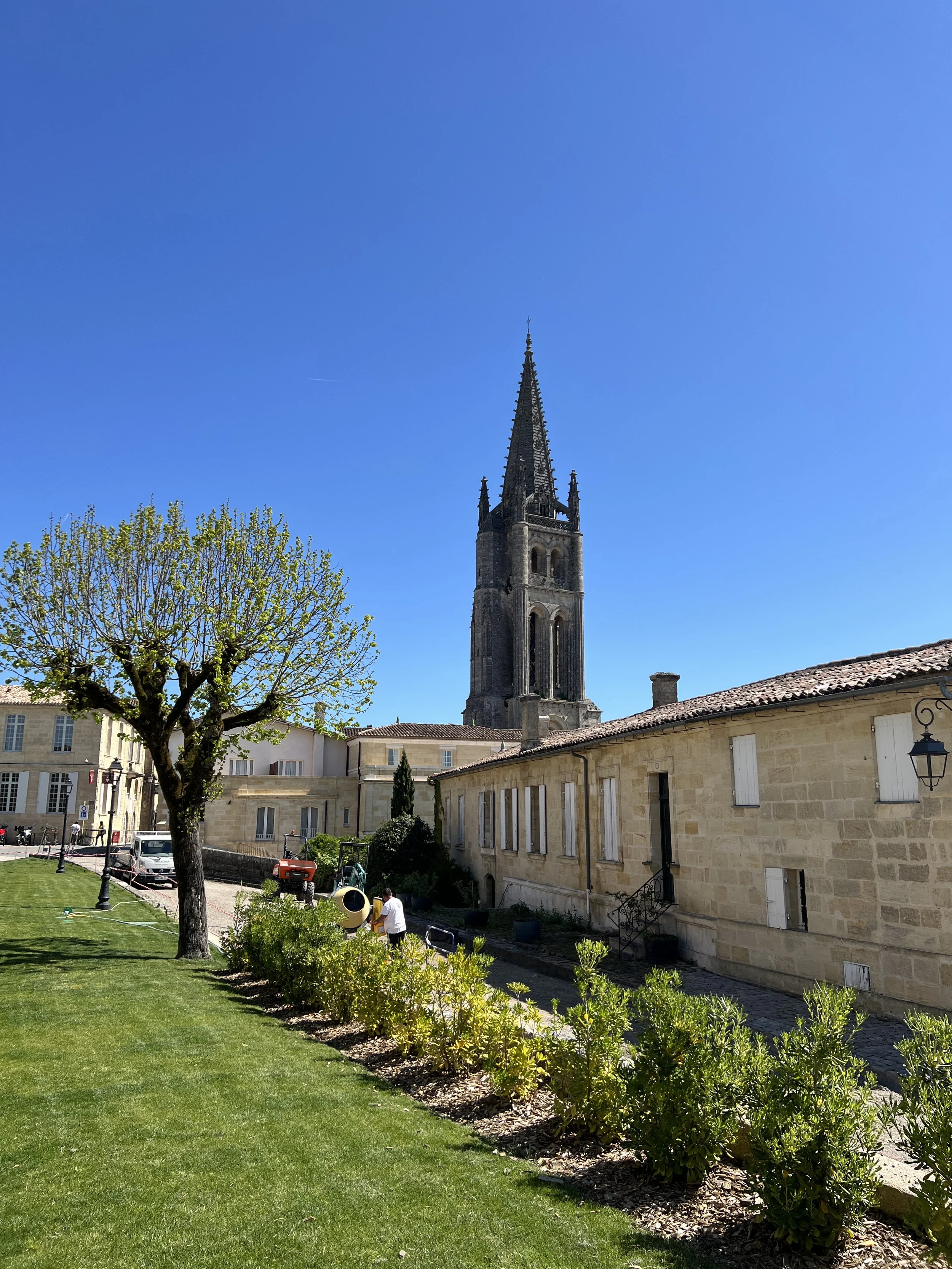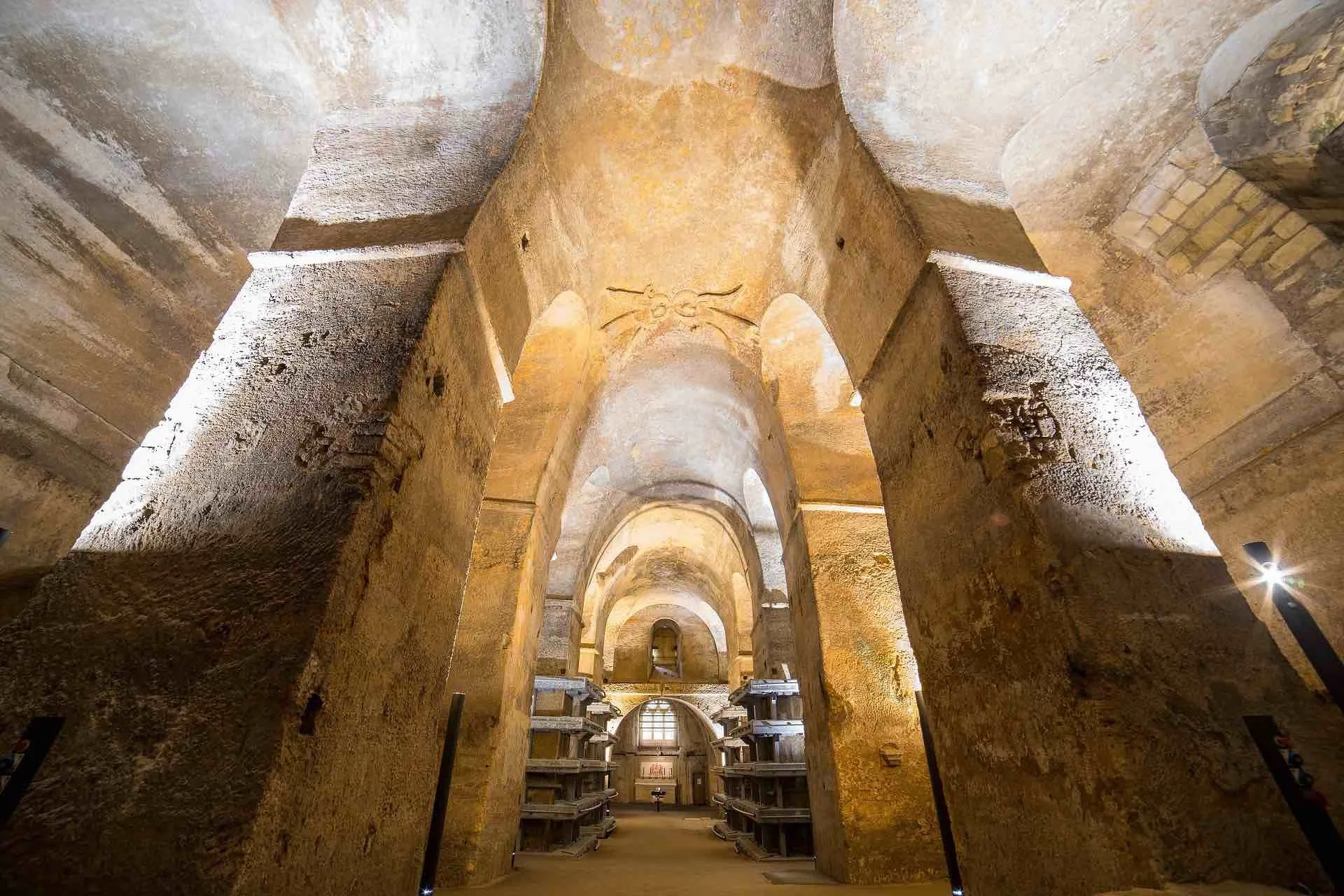The Monolithic Church of Saint-Émilion
The Monolithic Church of Saint-Émilion – the largest underground church in Europe, carved entirely from a limestone cliff in the medieval town of Saint-Émilion.
The Monolithic Church of Saint-Émilion is an extraordinary underground church carved in the 11th–12th centuries directly into a limestone cliff. Located beneath the historic centre of Saint-Émilion, it stands as Europe’s largest rock‑hewn church and remains a powerful testament to medieval religious devotion and architectural ingenuity
Origins & Carving
Believed to have been carved between the late 11th and early 12th centuries, the church honors Saint Émilion, a Breton hermit who settled near the site in the 8th century. The monastic community likely expanded his small tomb into the vast subterranean sanctuary .
Scale & Structure
This cavernous hall cuts roughly 15,000 m³ of stone, measuring about 38 m by 20 m and divided into three naves with six bays. Massive monolithic pillars support the vaulted ceiling, creating a majestic underground space
Decorative Elements & Features
Though most frescoes have vanished, some low reliefs remain—depicting angels, cherubim, and allegorical creatures. Medieval catacombs lie at the western end. A bell tower rises above, combining Romanesque and Gothic styles after later additions .
Bell Tower & Restoration
The bell tower was partially carved in the 12th century and extended through the 15th and 17th centuries. Structural restoration in the 20th century helped preserve this fragile monument, which had been reinforced following inclusion in the World Monuments Fund “in danger” list .
UNESCO
Part of the Jurisdiction of Saint-Émilion, listed as a UNESCO World Heritage Site in 1999
Date: April 2025
Photographer: Héctor Godes
Additional information: https://en.wikipedia.org/wiki/Iglesia_monol%C3%ADtica_de_Saint-%C3%89milion
